African safari
Mastering safari photography: 6 tips & tricks from the pros
Photography
Wildlife
Experiences
Lauren Dold
3/4/2024
Mastering safari photography
Mastering safari photography
A beautiful blend of technical mastery and creative expression, photography is an remarkably subjective and personal art. But it’s also a skill, and while there’s no substitute for passion, perseverance, and a keen eye for detail, taking advice from those who snap for a living can only help hone your craft. For beginners or seasoned travel photographers, the best camera for safari is the one you’ve got. Whether capturing rugged Namibian landscapes, a wild gorilla portrait or an Okavango Delta sunset, these tips and tricks from four professional photographers will elevate your craft to achieve better safari photography, and immortalise your safari forever.
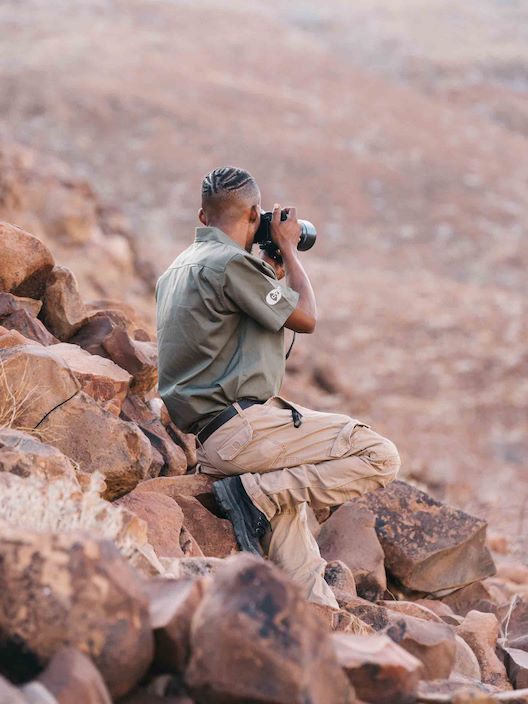
Master your safari photography gear
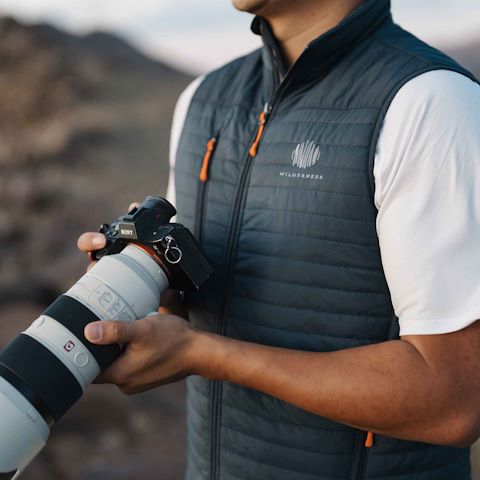
Photographed by Andrew Ling in Namibia
Photographed by Andrew Ling in Namibia
Photographed by Andrew Ling in Namibia
Photographed by Andrew Ling in Namibia
Consider lighting
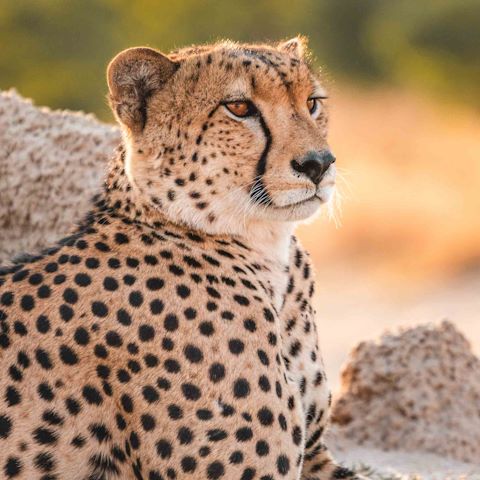
Photographed by Ollie Pritchard-Barrett in Hwange
Photographed by Ollie Pritchard-Barrett in Hwange
Photographed by Chris Joubert at Wilderness Usawa
Photographed by Chris Joubert at Wilderness Usawa
Play with composition

Photographed by Teagan Cunniffe at Wilderness Ruckomechi
Photographed by Teagan Cunniffe at Wilderness Shumba
Photographed by Teagan Cunniffe at Wilderness Chikwenya
Photographed by Teagan Cunniffe at Wilderness Chikwenya
Understand animal behaviour
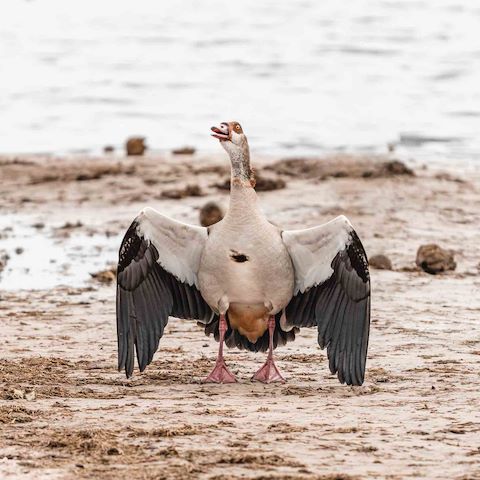
Photographed by Ollie Pritchard-Barrett at Wilderness Linkwasha
Photographed by Ollie Pritchard-Barrett at Wilderness Toka Leya
Photographed by Ollie Pritchard-Barrett at Wilderness Toka Leya
Photographed by Ollie Pritchard-Barrett at Wilderness Linkwasha
Photographed by Teagan Cunniffe at Wilderness Shumba
Prioritise storytelling
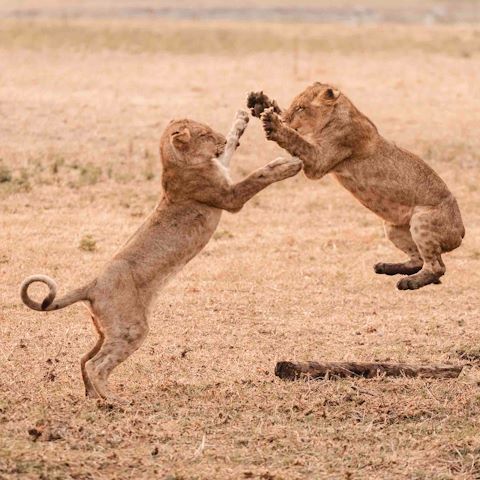
Photographed by Teagan Cunniffe at Wilderness Shumba
Photographed by Dana Allen at Wilderness Mokete
Photographed by Dana Allen at Wilderness Mokete
Photographed by Dana Allen at Wilderness Mokete
Photographed by Ollie Pritchard-Barrett at Wilderness Little Makalolo
Continuously learn and experiment
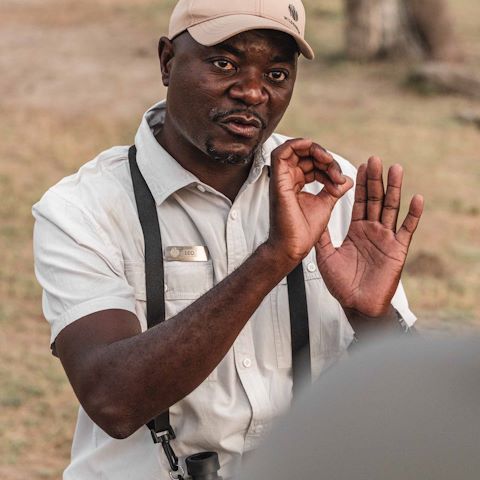
Capture your best safari photographs that you’ll look back on for a lifetime
Capture your best safari photographs that you’ll look back on for a lifetime
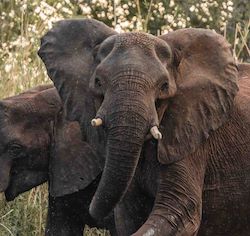
More to discover
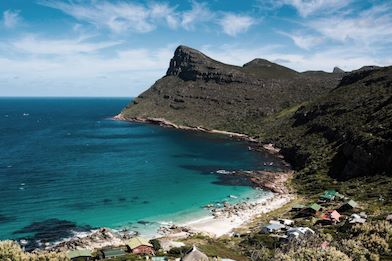
Wilderness Touring’s 5 best Cape Town tours
The 5 best tours to do in Cape Town with Wilderness Touring. From the Cape Peninsula to the Cape Win...
Read moreTao Varty
12.06.2025

Termites – 5 fun facts about the architects of the Okavango Delta
Read about the fascinating African termites have shaped the Okavango Delta, with termite mounds & di...
Read moreTao Varty
10.06.2025

7 Romantic Safaris … Fall in Love with Botswana
There are few experiences in life that match up to the romance of a safari. When it comes to travell...
Read moreKate MacWilliam
09.06.2025
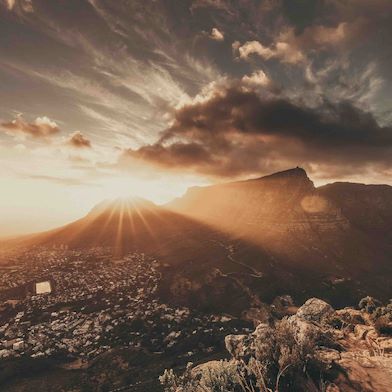
Best of Cape Town and Botswana
Join us on this 12-night adventure, a seamless holiday between two worlds that will have you dreamin...
Read moreLauren Dold
27.05.2025

Rare wildlife to celebrate this World Endangered Species Day
As part of our ongoing effort to increase the world’s wilderness, we create habitats for Africa’s mo...
Read moreLauren Dold
13.05.2025

Let’s plan your next journey
Ready?
When we say we’re there every step of the way, we mean it, literally. From planning the perfect circuit, to private inter-camp transfers on Wilderness Air, and easing you through Customs. We’re with you on the ground, at your side, 24-7, from start to finish. Ready to take the road less travelled? Contact our Travel Designers to plan an unforgettable journey.